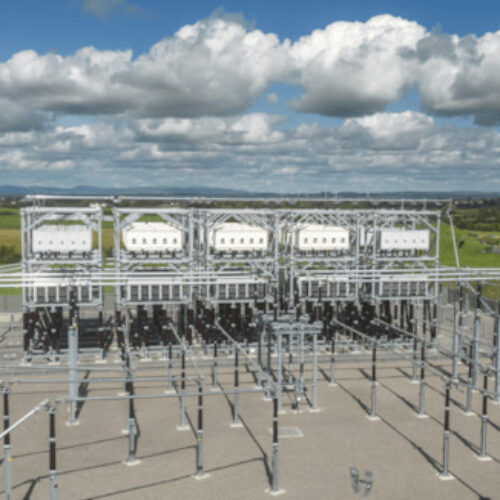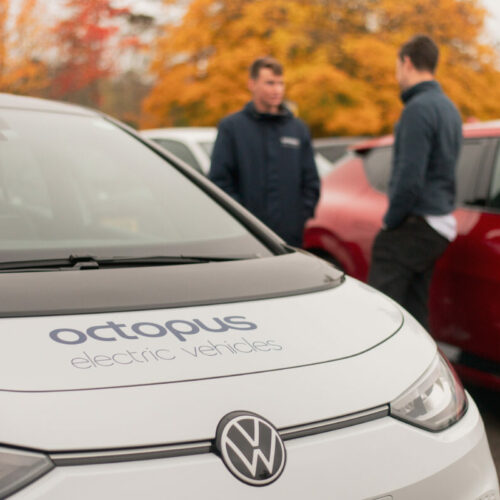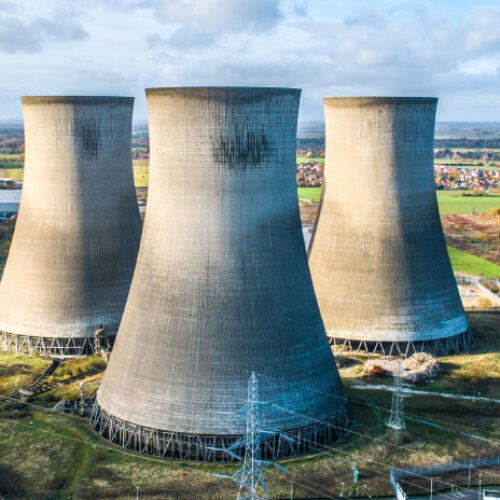Whether it be the ‘three Ds’ of digitalisation, decarbonisation and decentralisation or proclamations that the ‘energy trilemma’ is finally dead, as we start 2019 it’s clear that the pace of change that continues to sweep through Britain’s energy sector is not going to let up.
Britain’s energy networks are now front and centre of that change. In the space of a relatively short period of time, network operators have built on the success of connecting record amounts of renewable generation to start transforming the very fundamentals of the way we work to lay the foundations of Britain’s smart grid. That is vital not only to meet the needs of our industry but, more importantly, to create the kind of smarter, more flexible energy system that the public will expect in response to the new technologies and services that are now being rolled out.
It’s for that reason that ENA was particularly pleased to round-off 2018 with the publication of its new Flexibility Commitment.
We should be clear about the huge potential of flexibility services for our households, businesses and communities. National Infrastructure Commission research shows that using smart technologies to provide services to Britain’s electricity grid could save the British public up to £8 billion a year by 2030.
This Commitment means that all of Britain’s local electricity grid operators are now committed to opening up requirements for building significant new electricity network infrastructure to include smart flexibility service markets as part of their day-to-day operations. It covers all new relevant projects of significant value, where local electricity operators face congestion in grid infrastructure that results from increased electricity demand or distributed energy projects being connected to the grid. Local grid operators will openly test the market for those projects to see what flexibility services are available from smart technologies such as renewable energy generation, demand-side response and energy efficiency measures, and compare the cost of using them with building new energy infrastructure.
What this means in practice is that network operators will help open up new opportunities for these technologies to compete with traditional forms of energy network infrastructure such as new pylons, transformers and substations. By doing so, we hope to kick start the process of creating new markets for these services – and the technologies that underpin them – across the country.
This Commitment is a world-leading move by Britain’s network operators. It builds on the international track record we have established in recent years of successfully using innovation projects to help our energy system to adapt to the challenges created by the rapid growth in distributed energy – whilst preparing for new changes brought by the electrification of transport and heat.
Much progress has already been made in this area. ENA estimates that by the end of 2018, early stage contracts for flexibility services signed by Distribution Network Operators had already risen to well over 320MW, 10% of the capacity of Hinkley Point C nuclear power station. With this Commitment, we expect this amount to expand rapidly.
This is just the beginning of a hugely exciting story. It forms part of a wider digital transformation of energy networks as part of what has been dubbed as Britain’s ‘Internet of Energy’, where network operators use smart energy services and data to manage much less predictable patterns of electricity supply and demand, increasing the capabilities of our electricity networks. This will not only help network operators deliver the best possible value for bill payers; it will make it easier to connect the next generation of smart, clean technologies that we will need to meet the decarbonisation challenges ahead of us, whilst creating new opportunities for us all to benefit from the services they can provide.
Like so many other parts of our world right now, the public is starting to see that their energy system is undergoing an important digital transformation. Through enabling new flexibility markets in communities and regions the length and breadth of the country, Britain’s energy network operators look forward to delivering that for them.




